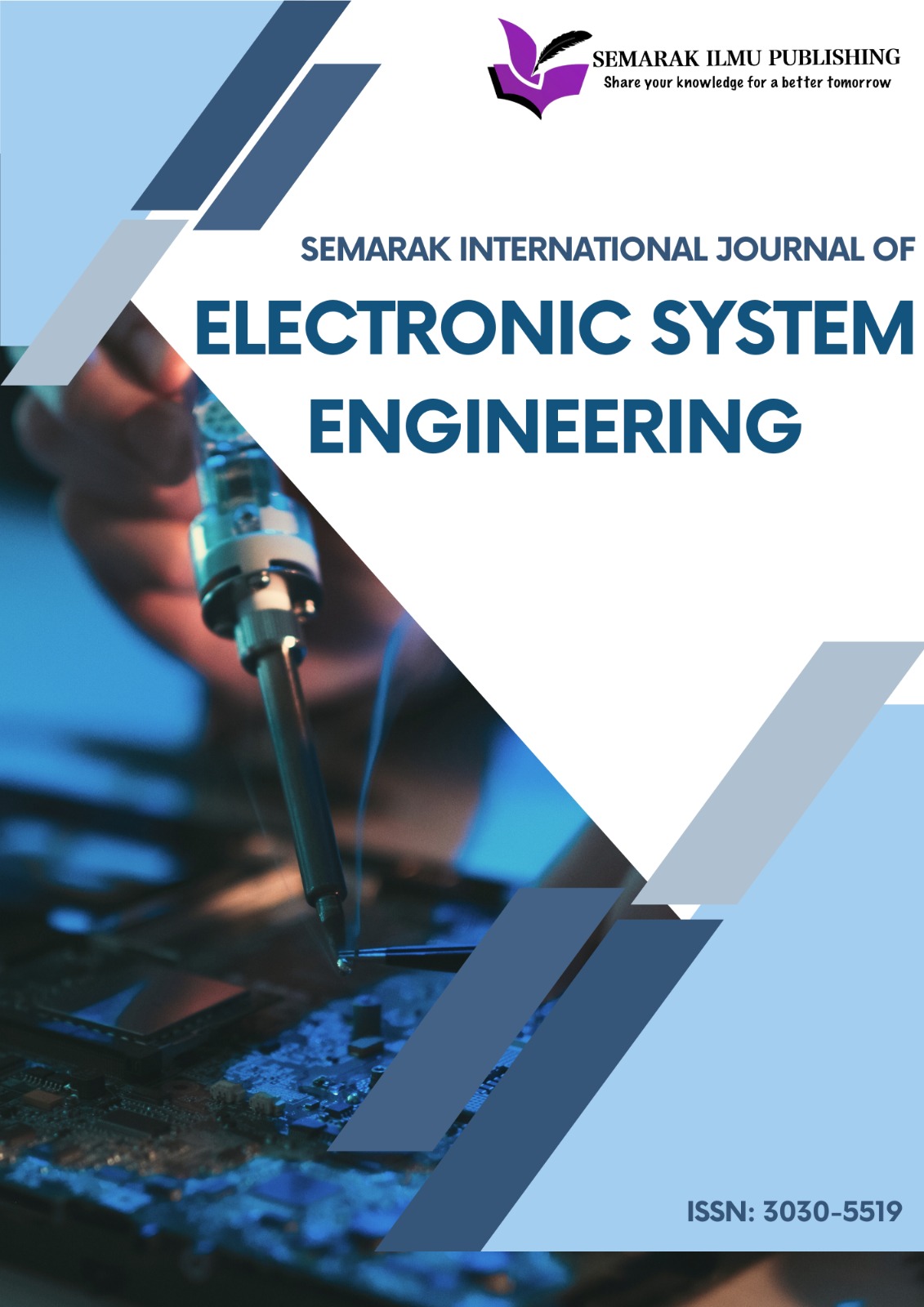3-D Printed Antennas with Dielectric Lens for Free-Space Constitutive Parameters Measurement
DOI:
https://doi.org/10.37934/sijese.1.1.125Keywords:
Free-space, K-band, Ka-band, 3-D printingAbstract
Over the last two decades, mm-wave and terahertz (THz) technologies have advanced significantly, owing to their appealing properties in a variety of applications such as automotive paint materials, metamaterial structures, radio astronomy, the military, and medicine. Researchers have investigated various metamaterial structures to determine their permeability. The free-space measurement technique is widely used to determine the electrical properties of materials. The free-space measurement approach has gained popularity because it allows for more efficient measurements at higher millimetre-wave and terahertz frequencies. This is primarily due to its ease of use, non-destructive features, and ability to perform reflection and transmission measurements without interacting physically with the sample. The goal of this research is to create a free space material measurement system that can accurately determine permeability and permittivity. A software based on a modified NRW algorithm was developed to determine the permeability and permittivity of materials with high accuracy. High gain K-band and Ka-band horn antennas from 18 GHz to 39 GHz were designed using 3D printing technology to eliminate the need for the commercial measurement systems. To reduce measurement inaccuracies, a 3-D printed dielectric lens was designed and fabricated using 3-D printing technology, with the beam focus of the antenna optimized. 3-D printed horn antennas performed similarly to commercial horn antennas in terms of S11, gain, and 3-dB beamwidth. Furthermore, the permeability and permittivity of MUTs were determined with high accuracy using the software for the commercial horn antennas and 3-D printed horn antennas.
Downloads













